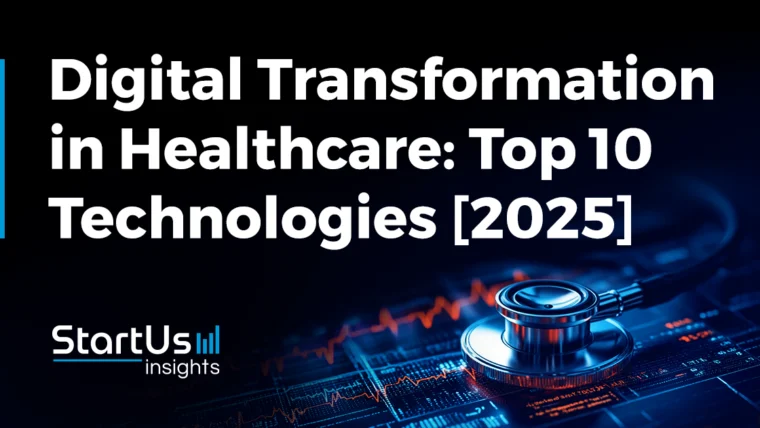Introduction
Intensive Care Units (ICUs) play a crucial role in saving lives. These hospital units are responsible for treating patients with life-threatening conditions. Over the years, ICU management has improved significantly, thanks to advanced technology and modern healthcare practices.
In 2025, many hospitals across the USA are using smart tools, artificial intelligence (AI), and remote monitoring systems to make ICUs more efficient, responsive, and patient-friendly. This article explains the top innovations transforming ICU management, how they work, and their impact on critical care outcomes.
What is ICU Management?
ICU management refers to the medical care, monitoring, staffing, and decision-making systems used to treat critically ill patients. Proper ICU management includes:
- Real-time patient monitoring
- Fast response to emergencies
- Coordinated care from different specialists
- Medication and life-support management
Technology is now a key part of improving these areas and ensuring better patient recovery.
Key Innovations in ICU Management
1. AI-Powered Patient Monitoring Systems
Overview:
Artificial Intelligence is now helping ICU doctors monitor patient health continuously. Smart monitors track vital signs like heart rate, blood pressure, and oxygen levels and alert doctors before problems occur.
Benefits:
- Predicts patient deterioration early
- Reduces response time
- Supports faster decision-making
Hospitals using AI tools see fewer ICU complications and shorter patient stays.
2. Remote ICU (Tele-ICU) Systems
Overview:
Tele-ICU is a remote monitoring system where specialists observe ICU patients 24/7 from a central location. It allows expert care even in small or rural hospitals.
Benefits:
- Offers expert opinions without delay
- Helps hospitals manage staff shortages
- Improves access to critical care in remote areas
Hospitals like Johns Hopkins and Cleveland Clinic are leaders in using Tele-ICU systems.
3. Electronic Health Record (EHR) Integration
Overview:
EHR systems are now fully connected across departments. Doctors in the ICU can access a patient’s full medical history instantly and update care plans in real-time.
Benefits:
- Reduces errors
- Speeds up treatment decisions
- Allows seamless team communication
EHRs also help in tracking outcomes and improving care quality.
4. Smart Ventilators
Overview:
Ventilators are essential in treating patients with respiratory failure. New smart ventilators can adjust automatically based on a patient’s lung condition.
Benefits:
- Reduces lung injury risks
- Customizes support for each patient
- Increases survival rates
Smart ventilators are especially important during emergencies like COVID-19 surges or flu outbreaks.
5. ICU Data Dashboards
Overview:
Hospitals are using dashboards to show real-time data from all ICU beds. Doctors can view alerts, trends, and reports on one screen.
Benefits:
- Improves team coordination
- Identifies high-risk patients
- Increases transparency and accountability
These dashboards are often powered by AI and updated every second.
6. Predictive Analytics Tools
Overview:
These tools analyze thousands of data points to predict patient outcomes, such as risk of infection or likelihood of needing surgery.
Benefits:
- Enables proactive care
- Supports resource planning
- Reduces mortality rates
Hospitals are investing in these tools to manage ICU patient loads more effectively.
7. Virtual Reality (VR) for Staff Training
Overview:
VR is used to train ICU nurses and doctors in a risk-free environment. Scenarios like cardiac arrest or ventilator failure can be practiced before facing real-life situations.
Benefits:
- Better training outcomes
- Increases staff confidence
- Reduces medical errors
Leading hospitals are incorporating VR into staff development programs.
8. Automated Drug Delivery Systems
Overview:
These systems ensure medications are delivered on time and in the correct dose, reducing human error.
Benefits:
- Safer medication practices
- Reduced nursing workload
- Improved patient recovery
Smart pumps and barcode scanning systems are now standard in many modern ICUs.
How Innovations Improve ICU Outcomes
All these technologies aim to make ICU care:
- Safer: With fewer human errors and more accurate monitoring.
- Faster: By enabling quicker decision-making and early interventions.
- More efficient: Reducing costs and ICU length of stay.
- More accessible: Through telemedicine and smart tools.
Hospitals with these innovations often report higher patient satisfaction and better recovery rates.
Challenges in Adopting ICU Innovations
Despite the benefits, hospitals face challenges like:
- High initial cost of equipment
- Staff training requirements
- Data privacy and cybersecurity concerns
- Resistance to change among older systems
However, most top-rated hospitals are pushing forward with digital transformation in ICUs.
Future of ICU Management
Looking ahead, we can expect even more improvements such as:
- AI doctors assisting with diagnoses
- Wearable monitors for ICU patients
- Fully automated ICUs with robotic support
- Digital twins of patients to test treatments virtually
These futuristic tools will help make critical care faster, safer, and more personalized.
Conclusion
ICU management in 2025 is more advanced than ever before. Thanks to AI, remote monitoring, predictive analytics, and smart devices, critical care is becoming more accurate and effective.
Hospitals adopting these innovations are setting new standards in patient safety and outcomes. Whether you’re a healthcare professional, policymaker, or patient family member, understanding these changes is key to ensuring better care in the most critical moments.
